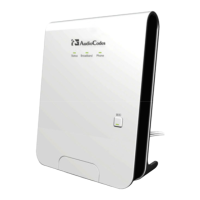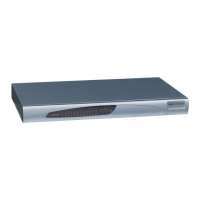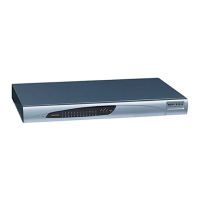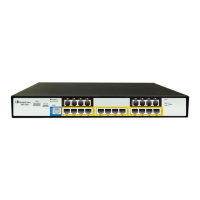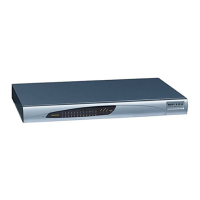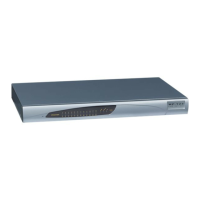User's Manual 11. Quality of Service
Version 4.4.0 149 MP26x/MP27x
11.5 Configuring 802.1p Mapping
The IEEE 802.1p priority marking method is a standard for prioritizing network traffic at the
data link/MAC sub-layer. 802.1p traffic is simply classified and sent to the destination, with
no bandwidth reservations established.
The 802.1p header includes a 3-bit prioritization field, which allows packets to be grouped
into eight levels of priority. The device maps these eight levels to three main priorities: high,
medium and low. By default, values six and seven are mapped to high priority, which may
be assigned to network-critical traffic. Values four and five are mapped to medium priority,
which may be applied to delay-sensitive applications, such as interactive video and voice.
Values three to zero are mapped to low priority, which may range from controlled-load ap-
plications down to ‘loss eligible’ traffic. The zero value is normally used for best-effort
traffic. It is the default value for traffic with unassigned priority.
To set 802.1p rules:
1. From the menu bar, click the QoS menu link, and then click the 802.1p Settings tab;
the following screen appears:
Figure 11-11: 802.1p Settings Screen
2. The eight 802.1p values are pre-configured with the three priority levels: high, medium
and low. You can change these levels for each of the eight values in their respective
drop-down list.
3. Click OK to save the settings.
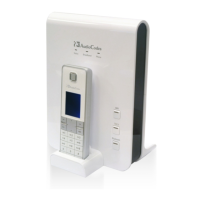
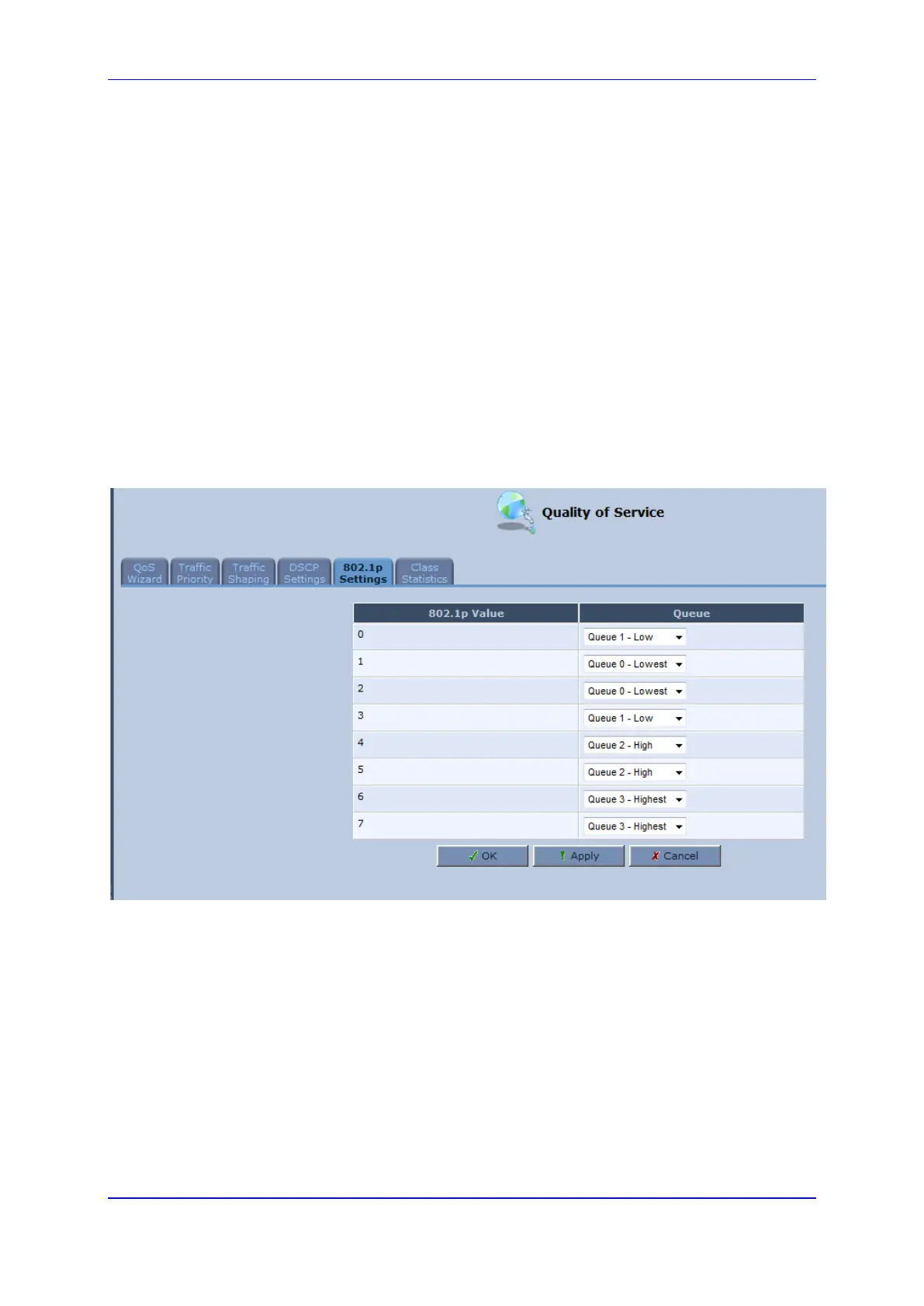